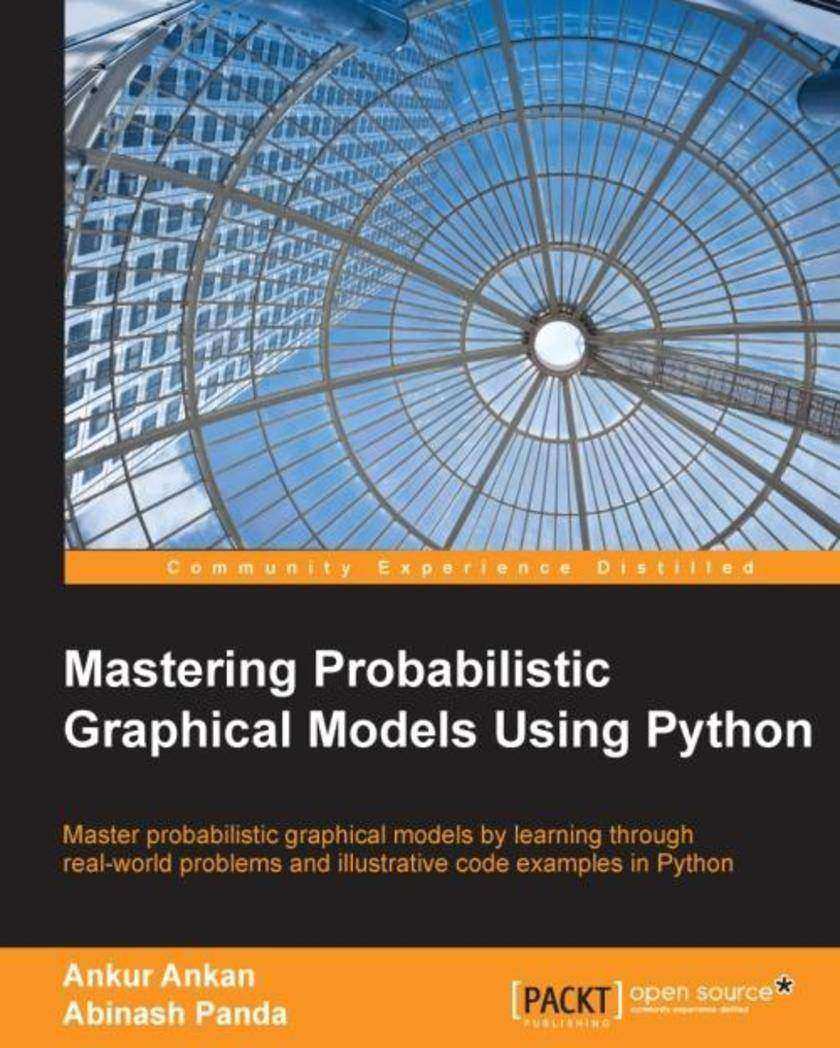
Mastering Probabilistic Graphical Models Using Python
¥80.65
If you are a researcher or a machine learning enthusiast, or are working in the data science field and have a basic idea of Bayesian learning or probabilistic graphical models, this book will help you to understand the details of graphical models and use them in your data science problems.
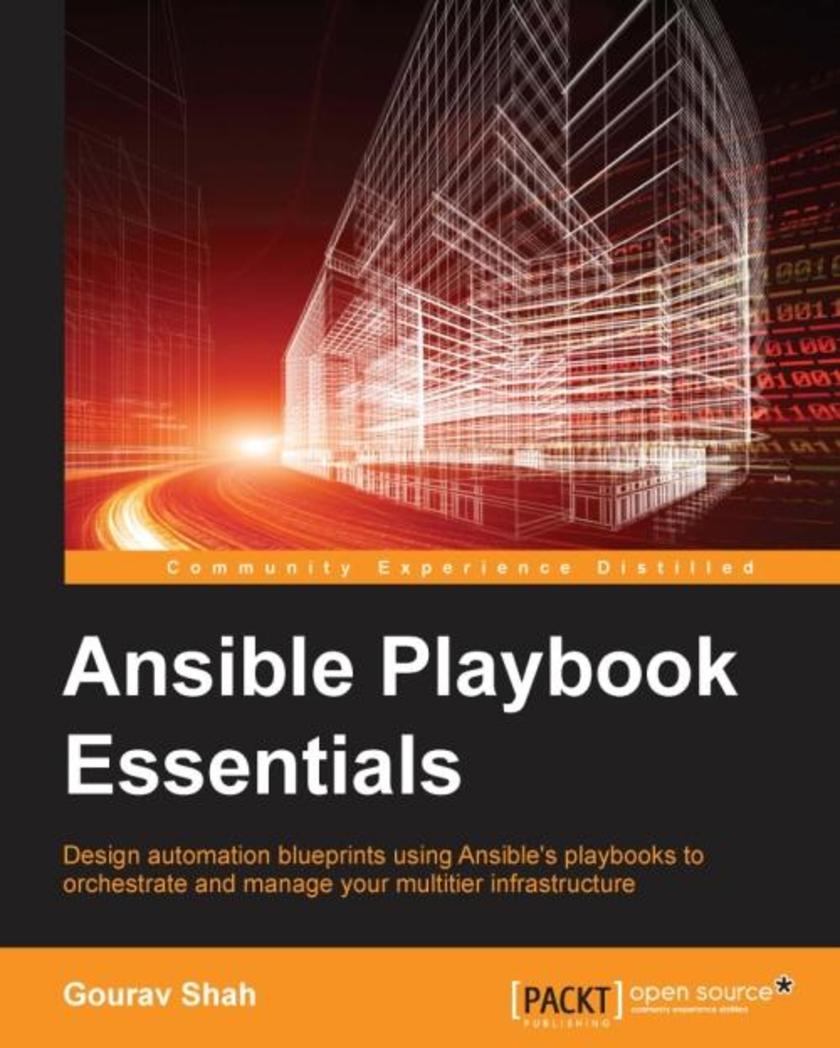
Ansible Playbook Essentials
¥54.49
If you are a systems or automation engineer who intends to automate common infrastructure tasks, deploy applications, and use orchestration to configure systems in a coordinated manner, then this book is for you. Some understanding of the Linux/Unix command-line interface is expected.
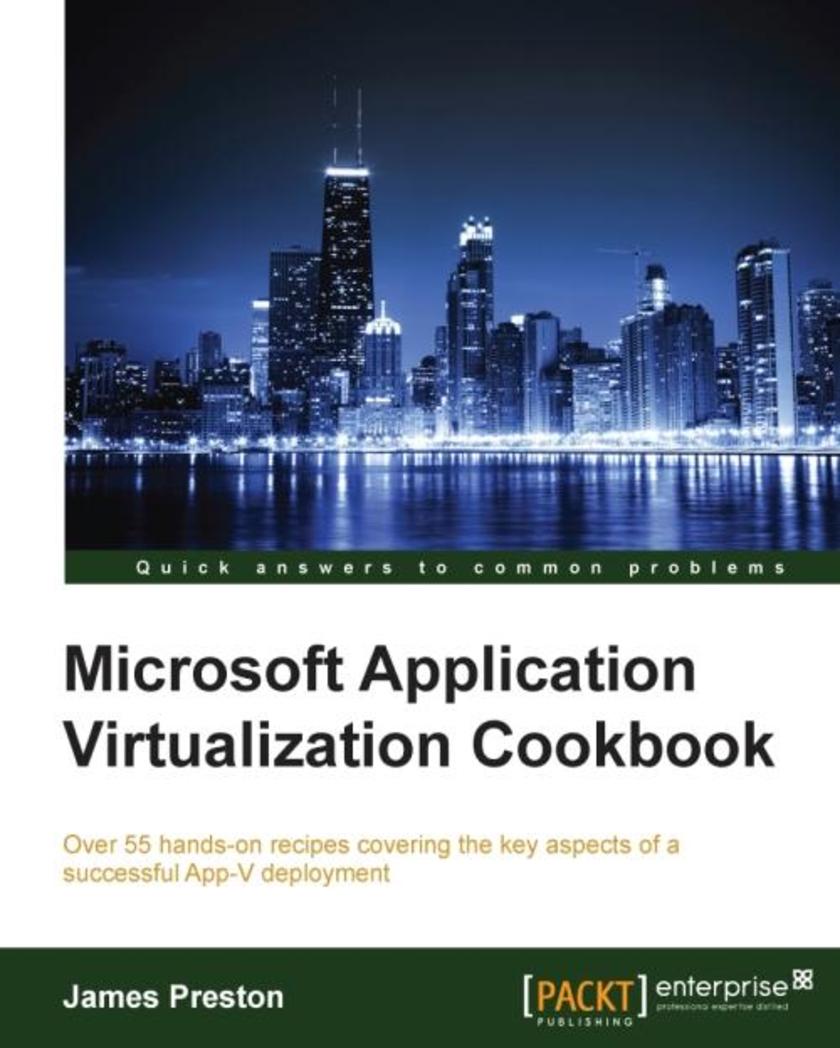
Microsoft Application Virtualization Cookbook
¥99.18
If you have some experience with App-V but are overwhelmed by the range of features on offer, then this book is for you. A basic understanding of App-V and common Windows Server technologies (Active Directory/Group Policy/PowerShell) is necessary.
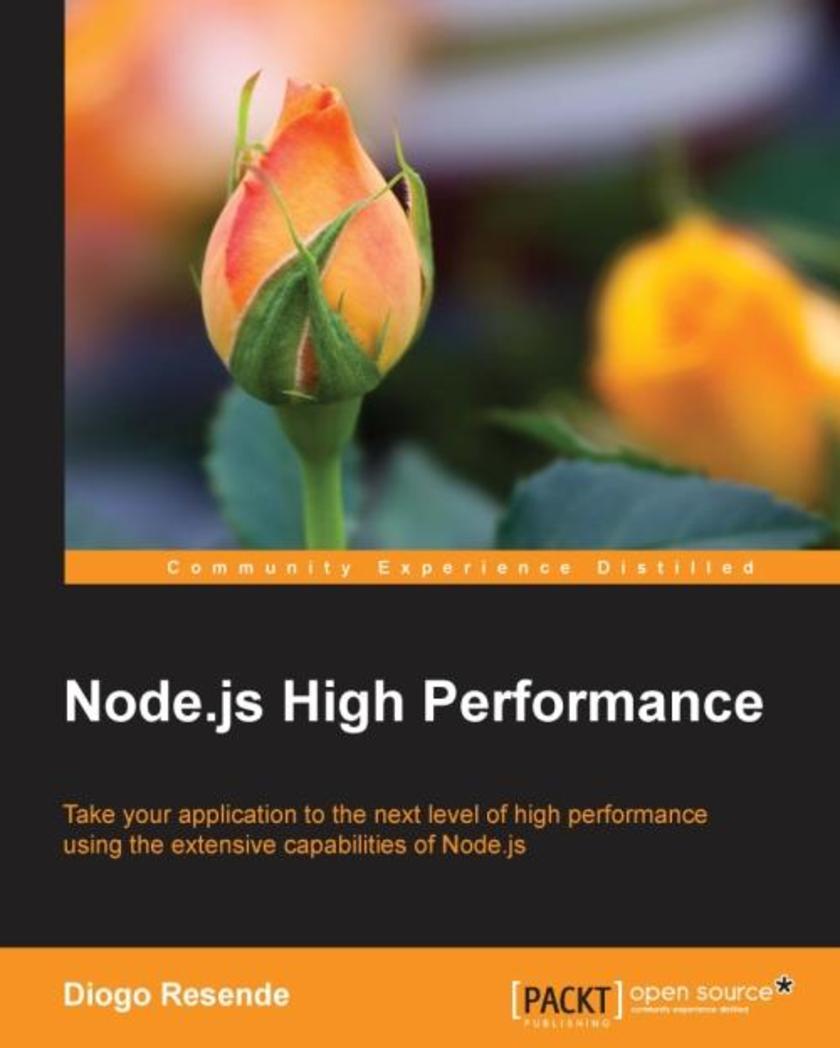
Node.js High Performance
¥54.49
This book is for Node.js developers who want a more in-depth knowledge of the platform to improve the performance of their applications. Whether you have a base Node.js background or you are an expert who knows the garbage collector and wants to leverage it to make applications more robust, the examples in this book will benefit you.

Advanced UFT 12 for Test Engineers Cookbook
¥80.65
This advanced cookbook is designed for software testers and engineers with previous automation experience and teaches UFT (QTP) developers advanced programming approaches. Knowledge of software testing and basic coding (with VBScript in particular) and familiarity with programming concepts are prerequisites.
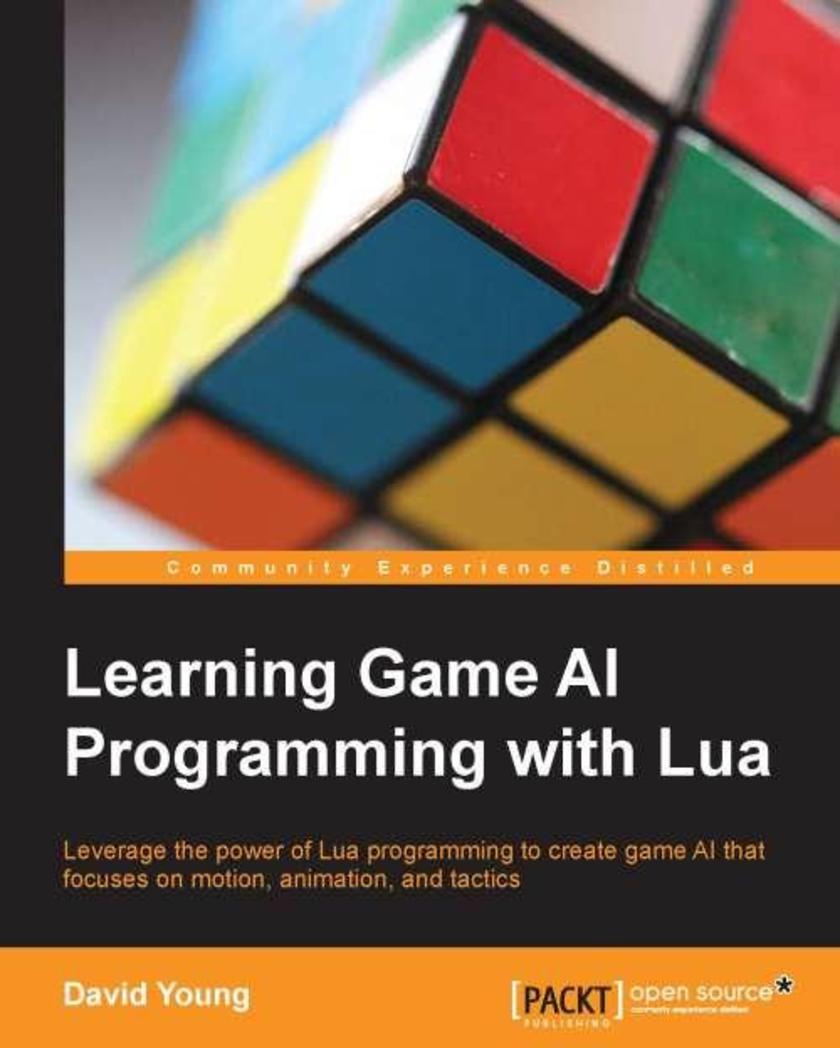
Learning Game AI Programming with Lua
¥80.65
If you are a game developer or a general programmer who wishes to focus on programming systems and techniques to build your game AI without creating low-level interfaces in a game engine, then this book is for you. Knowledge of C++ will come in handy to debug the entirety of the AI sandbox and expand on the features present within the book, but it is not required.
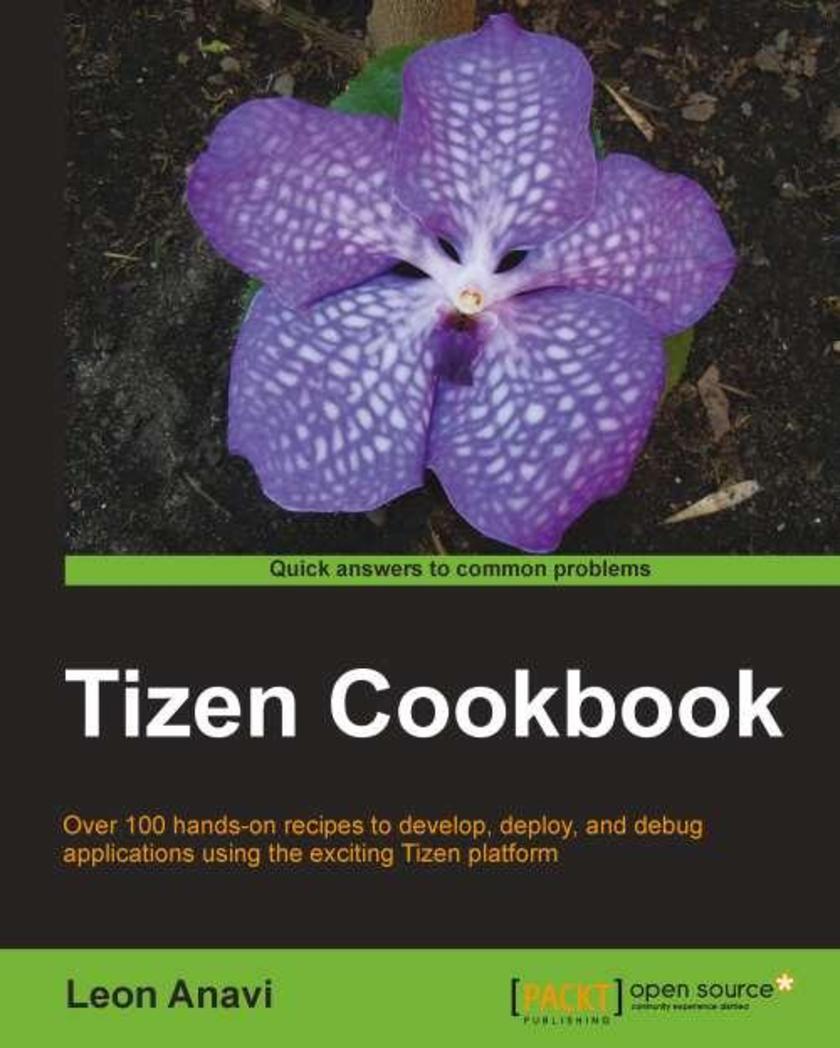
Tizen Cookbook
¥80.65
If you want to enter the fascinating world of Tizen and learn how to develop engaging and successful applications then this book is for you. It'll benefit novices and experienced application developers alike.
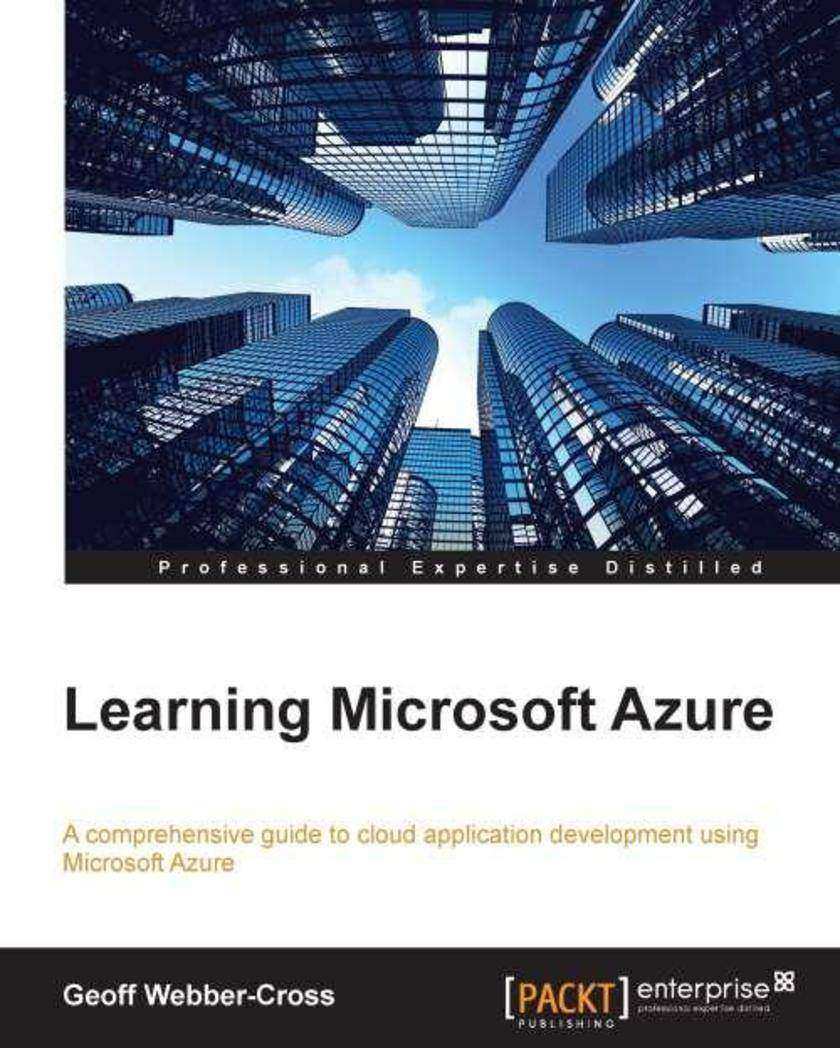
Learning Microsoft Azure
¥80.65
If you are a developer interested in building systems for Microsoft Azure, with an understanding of efficient cloud-based application development, then this is the book for you.
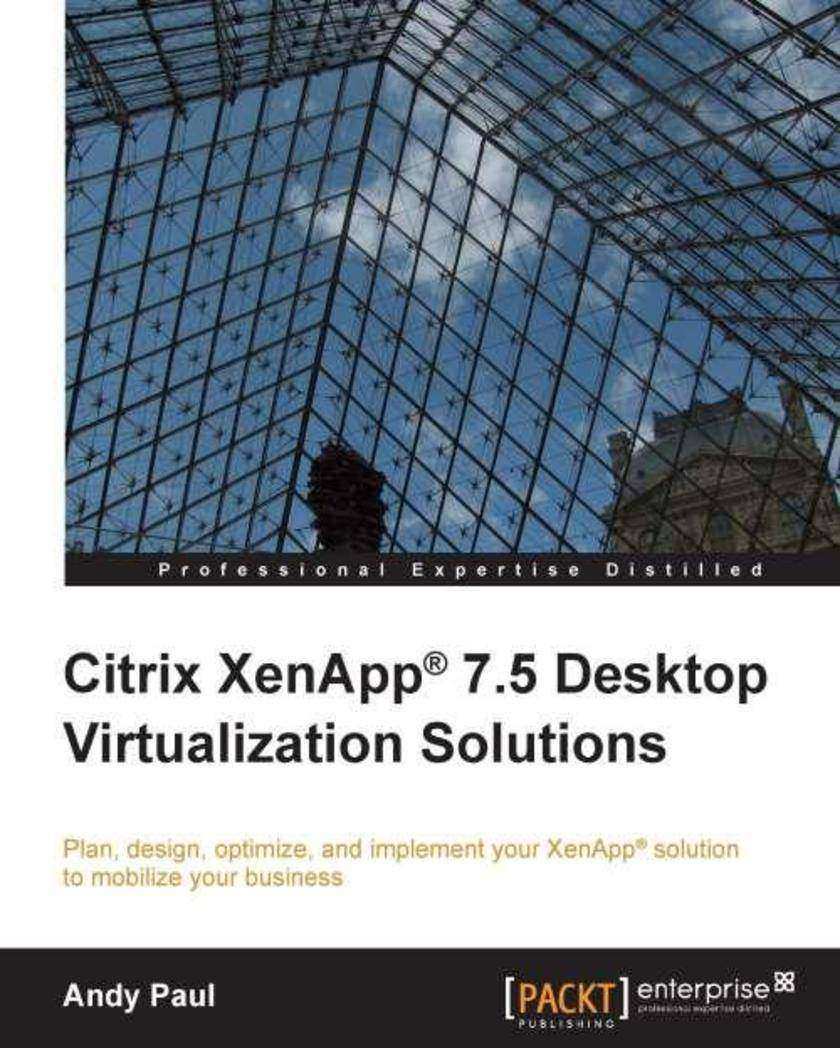
Citrix XenApp 7.5 Desktop Virtualization Solutions
¥90.46
If you are a Citrixengineer, a virtualization consultant, or an IT project manager with prior experience of using Citrix XenAppand related technologies for desktop virtualization and want to further explore the power of XenAppfor flawless desktop virtualization, then this book is for you.
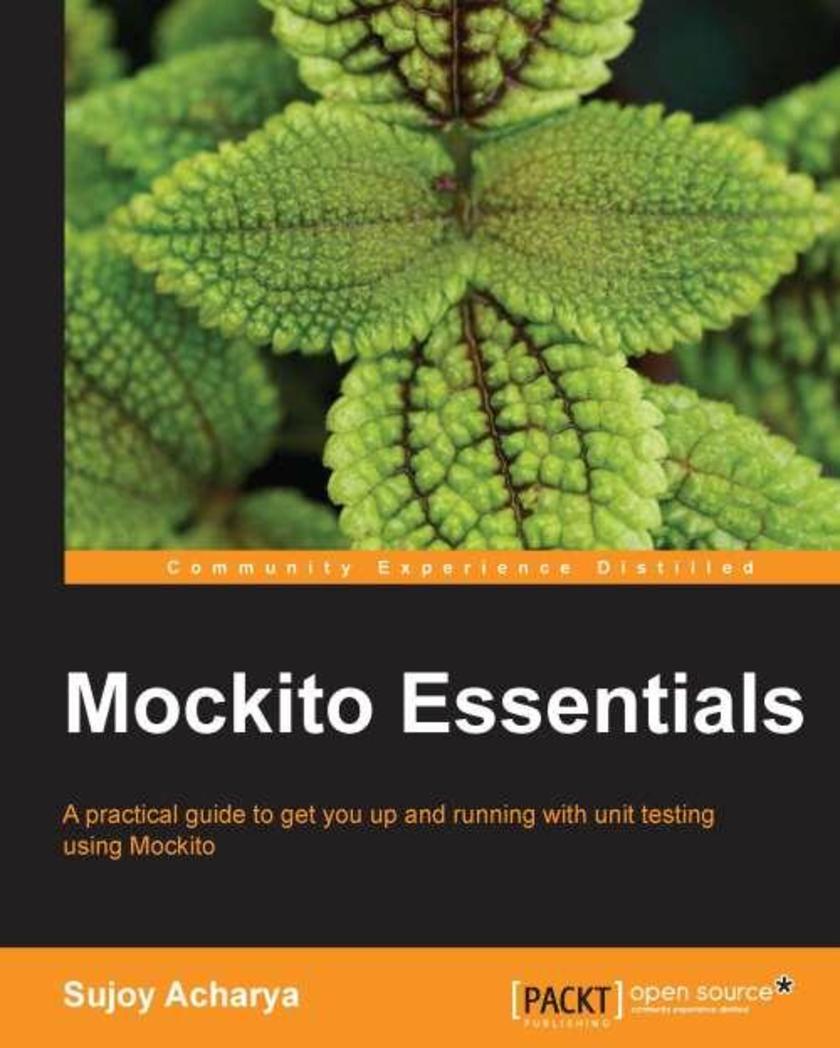
Mockito Essentials
¥54.49
This book is ideal for developers who have some experience in Java application development as well as some basic knowledge of test doubles and JUnit testing. This book also introduces you to the fundamentals of JUnit testing, test doubles, refactoring legacy code, and writing JUnit tests for GWT and web services.
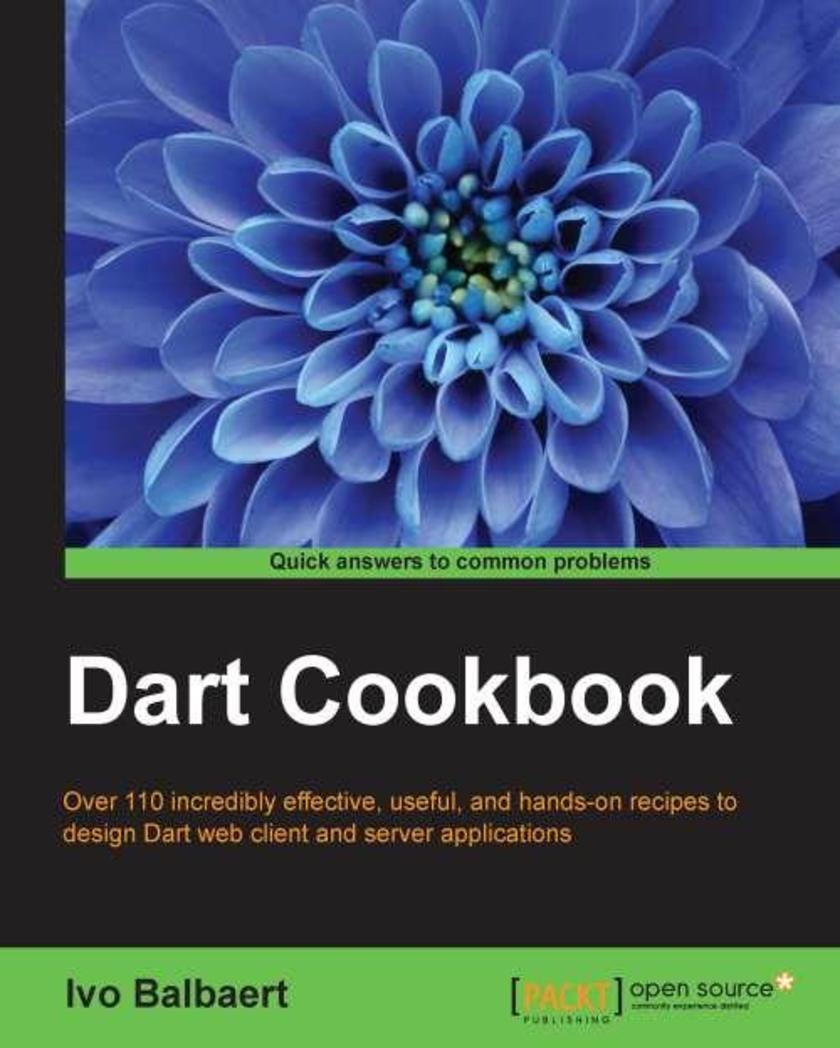
Dart Cookbook
¥80.65
If you are a Dart developer looking to sharpen your skills, and get insight and tips on how to put that knowledge into practice, then this book is for you. You should also have a basic knowledge of HTML, and how web applications with browser clients and servers work, in order to build dynamic Dart applications.
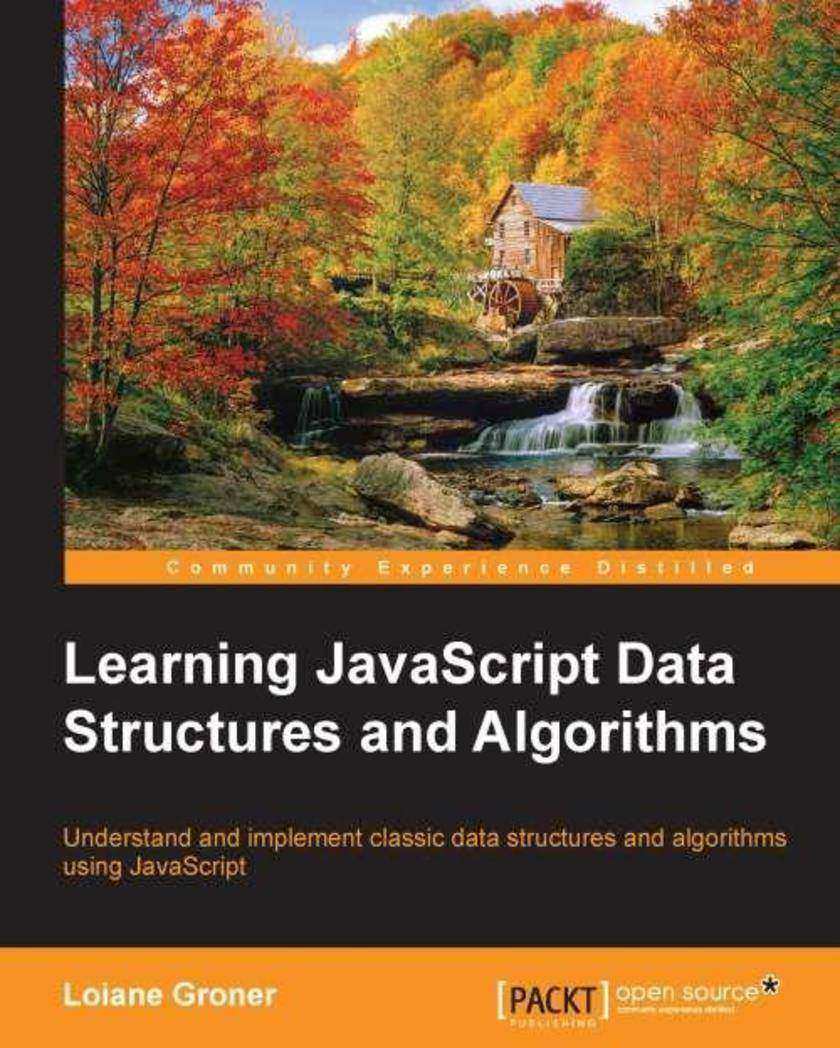
Learning JavaScript Data Structures and Algorithms
¥80.65
If you are a JavaScript developer or someone who has basic knowledge of JavaScript, and want to explore its optimum ability, this fast-paced book is definitely for you. Programming logic is the only thing you need to know to start having fun with algorithms.
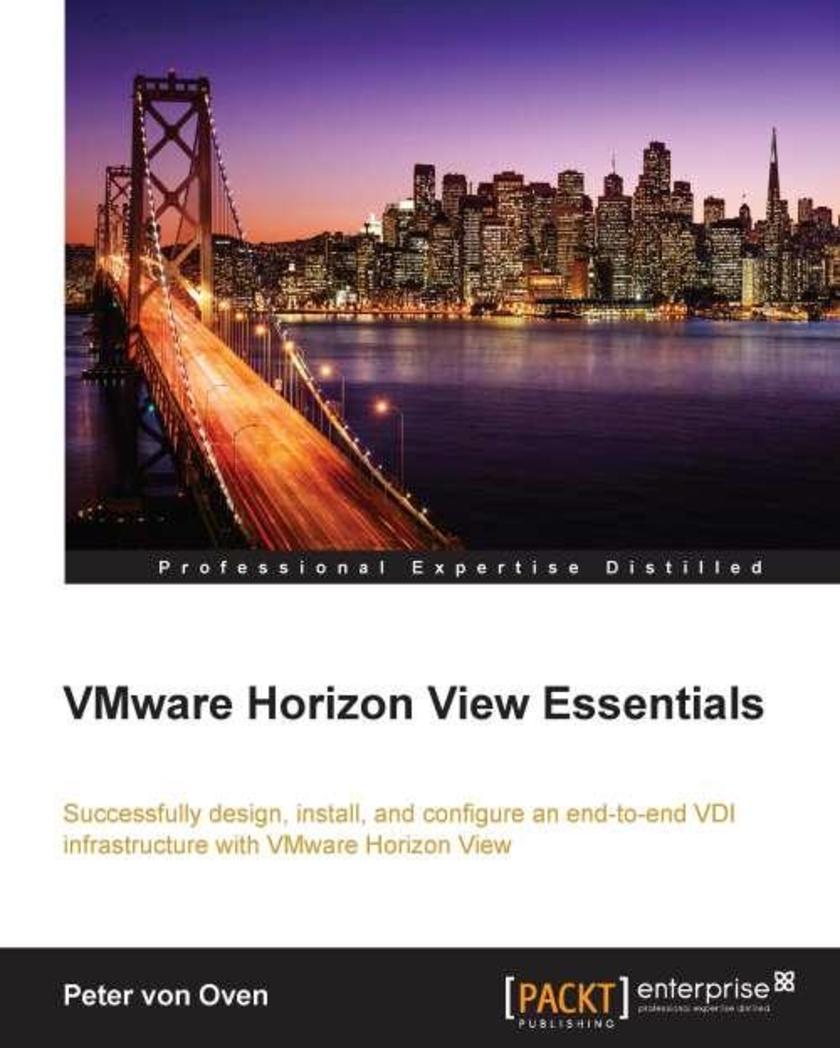
VMware Horizon View Essentials
¥80.65
If you are a desktop administrator or an end user of a computing project team looking to speed up to the latest VMware Horizon View solution, then this book is perfect for you. It is your ideal companion to deploy a solution to centrally manage and virtualize your desktop estate using Horizon View 6.0.
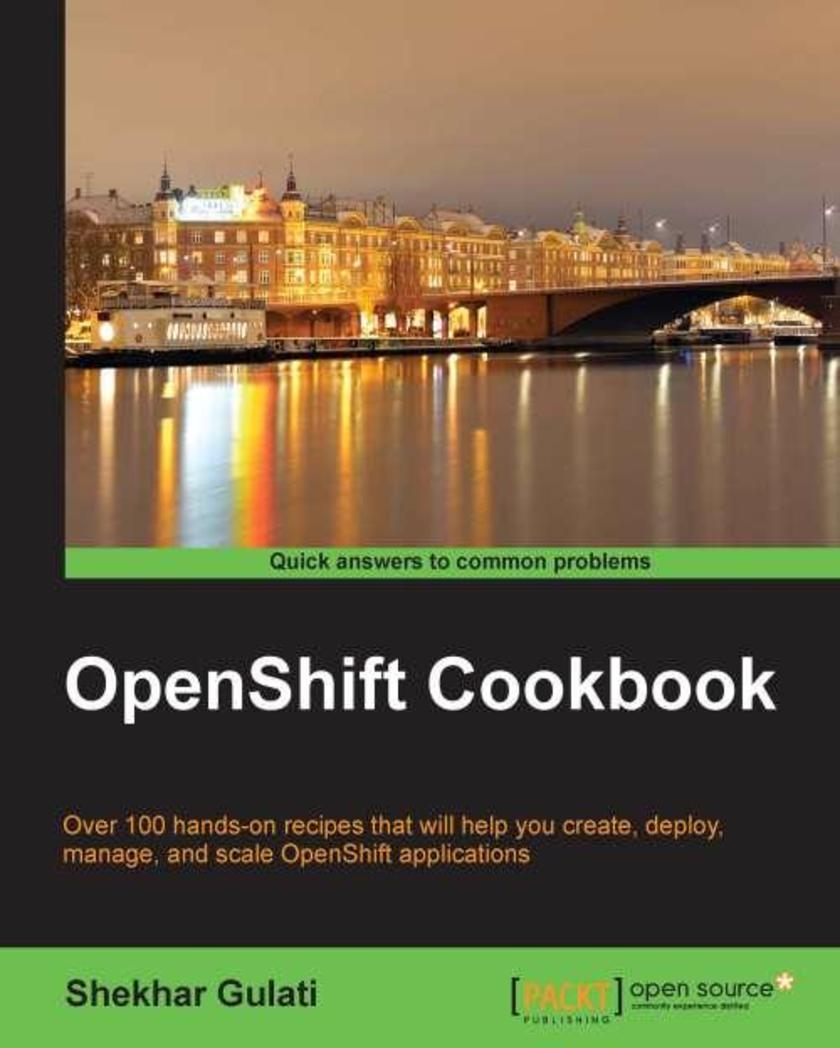
OpenShift Cookbook
¥107.90
If you are a web application developer who wants to use the OpenShift platform to host your next big idea but are looking for guidance on how to achieve this, then this book is the first step you need to take. This is a very accessible cookbook where no previous knowledge of OpenShift is needed.
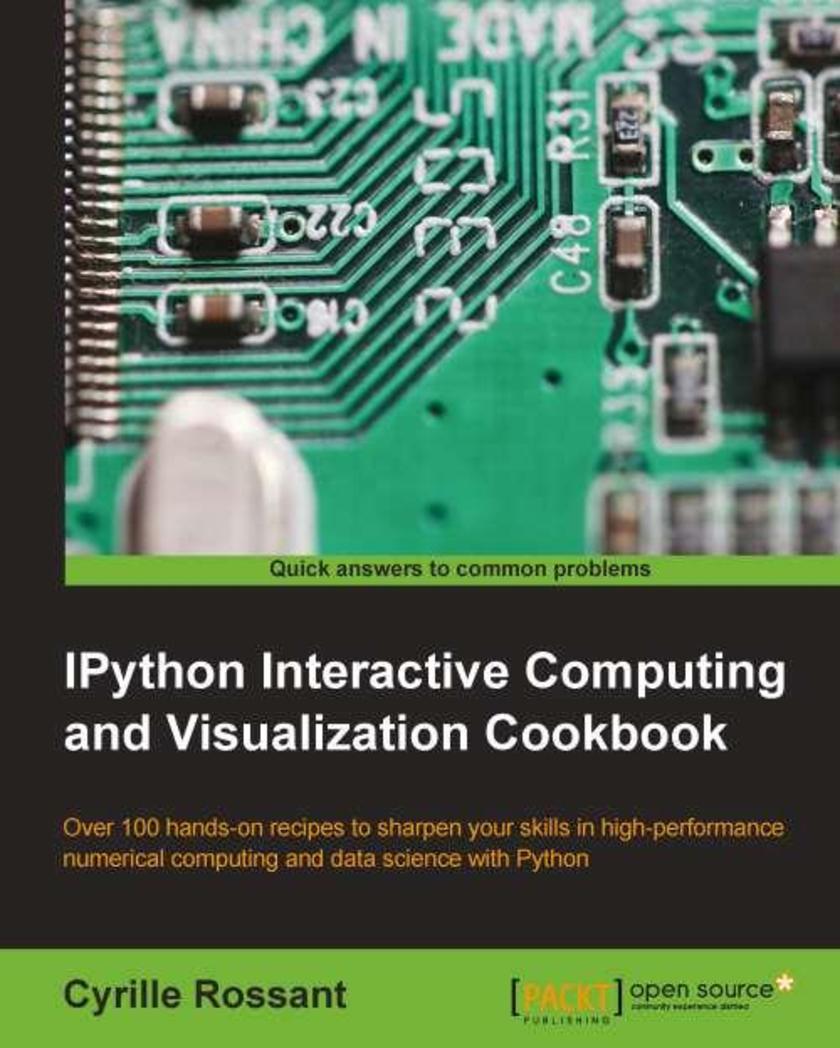
Ipython Interactive Computing and Visualization Cookbook
¥90.46
Intended to anyone interested in numerical computing and data science: students, researchers, teachers, engineers, analysts, hobbyists... Basic knowledge of Python/NumPy is recommended. Some skills in mathematics will help you understand the theory behind the computational methods.
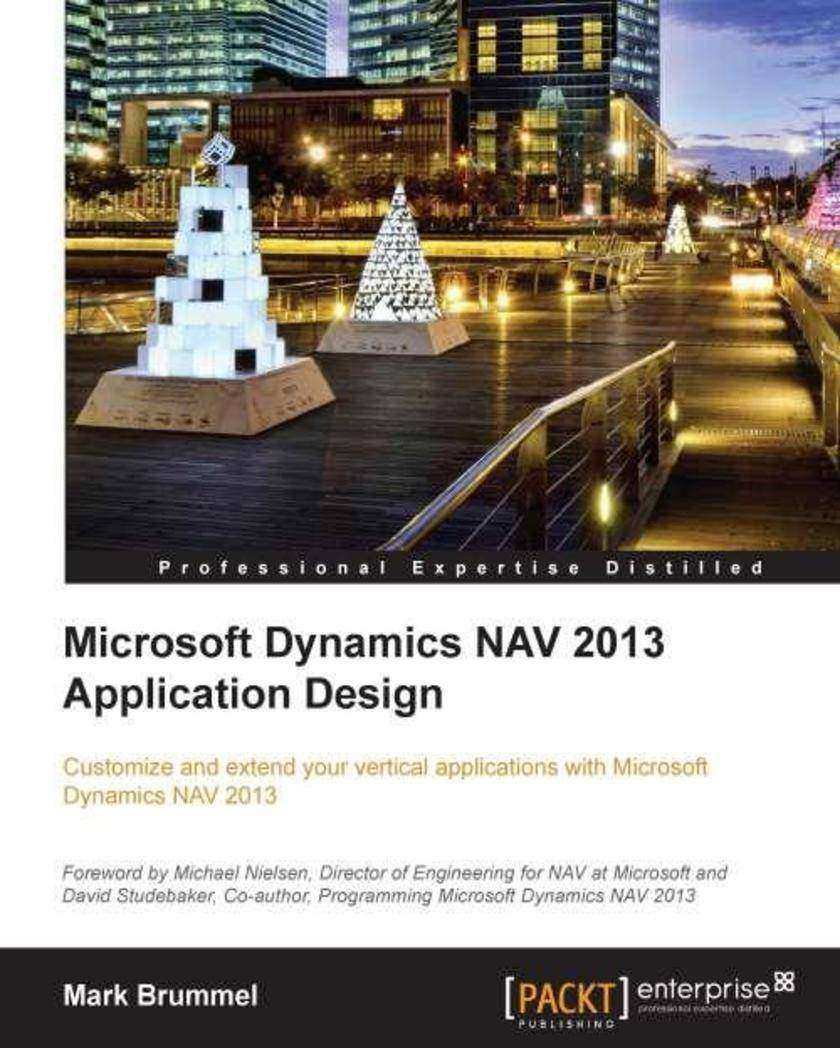
Microsoft Dynamics NAV 2013 Application Design
¥107.90
If you are a NAV consultant and developer or a designer of business applications, you will benefit most from this book. This book assumes that you have a basic understanding of business management systems and application development with working knowledge of Microsoft Dynamics NAV.
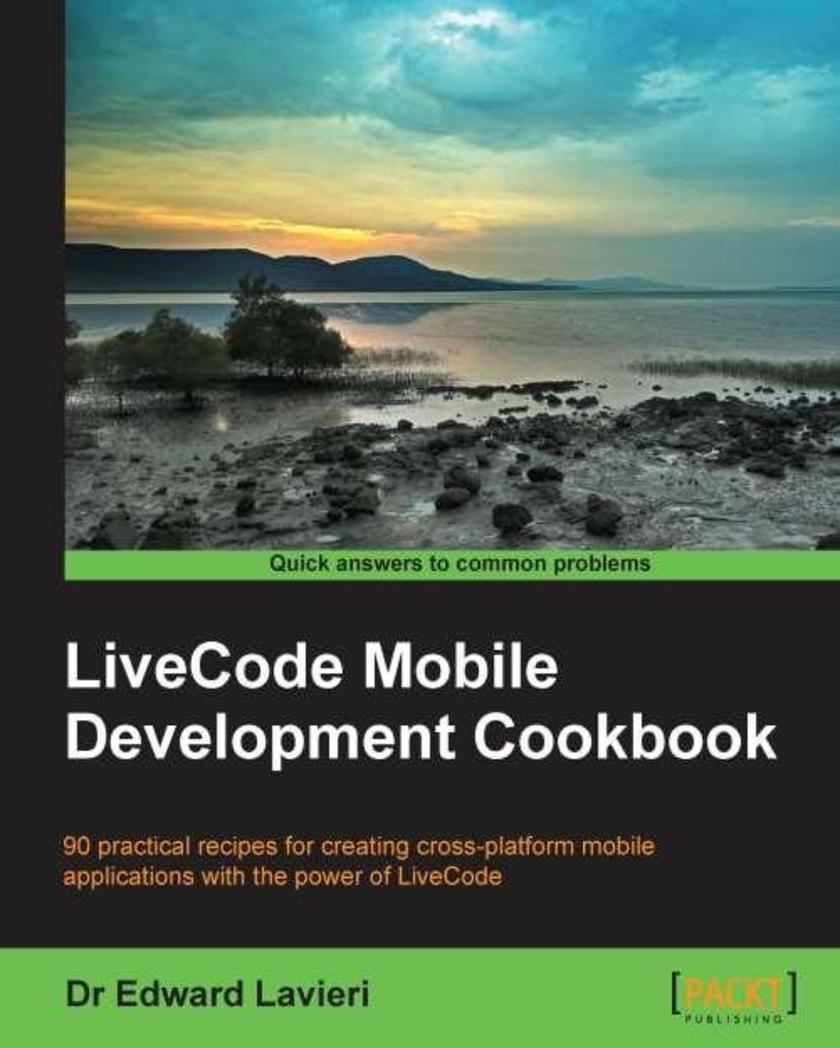
LiveCode Mobile Development Cookbook
¥90.46
If you are a LiveCode mobile developer looking to improve your existing skills, add efficiencies to your code, or want a better understanding of LiveCode’s capabilities, then LiveCode Mobile Development Cookbook is a must-have for you. The reader should at least have a basic understanding of LiveCode and mobile application development.
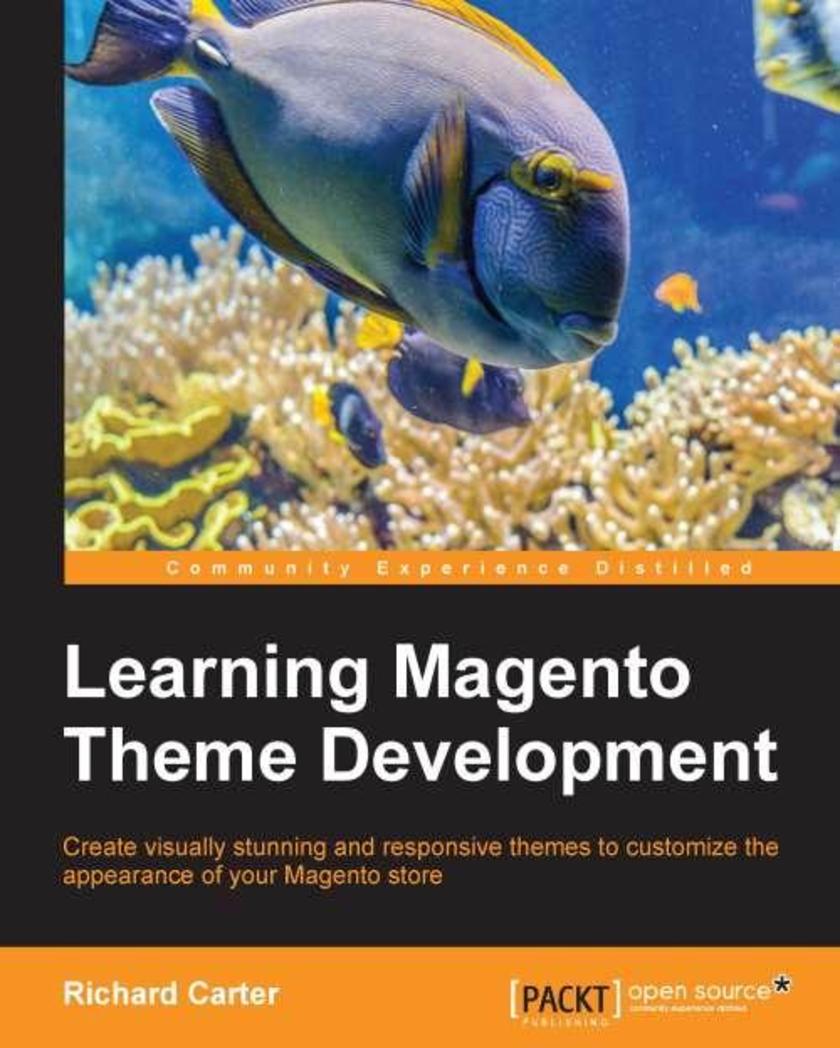
Learning Magento Theme Development
¥80.65
This book is for web designers and developers with existing knowledge of CSS, HTML, and XML, who wish to learn more about Magento-specific theming techniques. Some knowledge of PHP may be useful, but is not necessary.
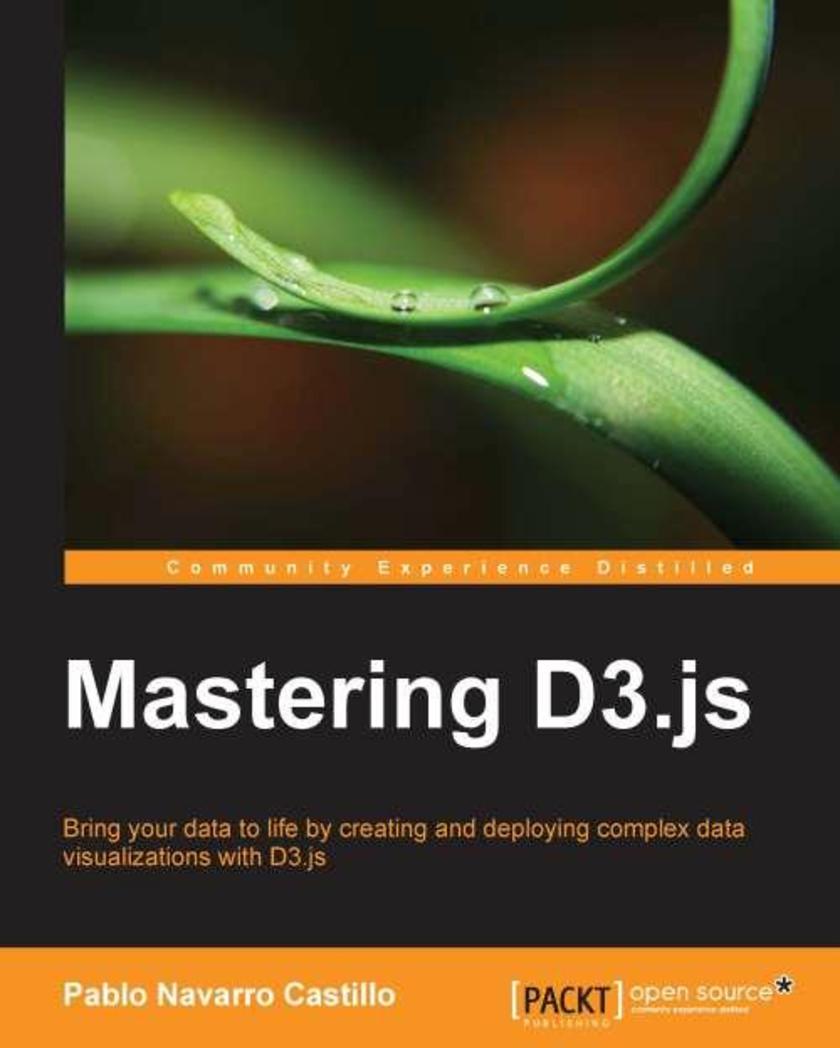
Mastering D3.js
¥99.18
If you are a software developer working with data visualizations and want to build complex data visualizations, this book is for you. Basic knowledge of D3 framework is expected. With real-world examples, you will learn how to structure your applications to create enterprise-level charts and interactive dashboards.
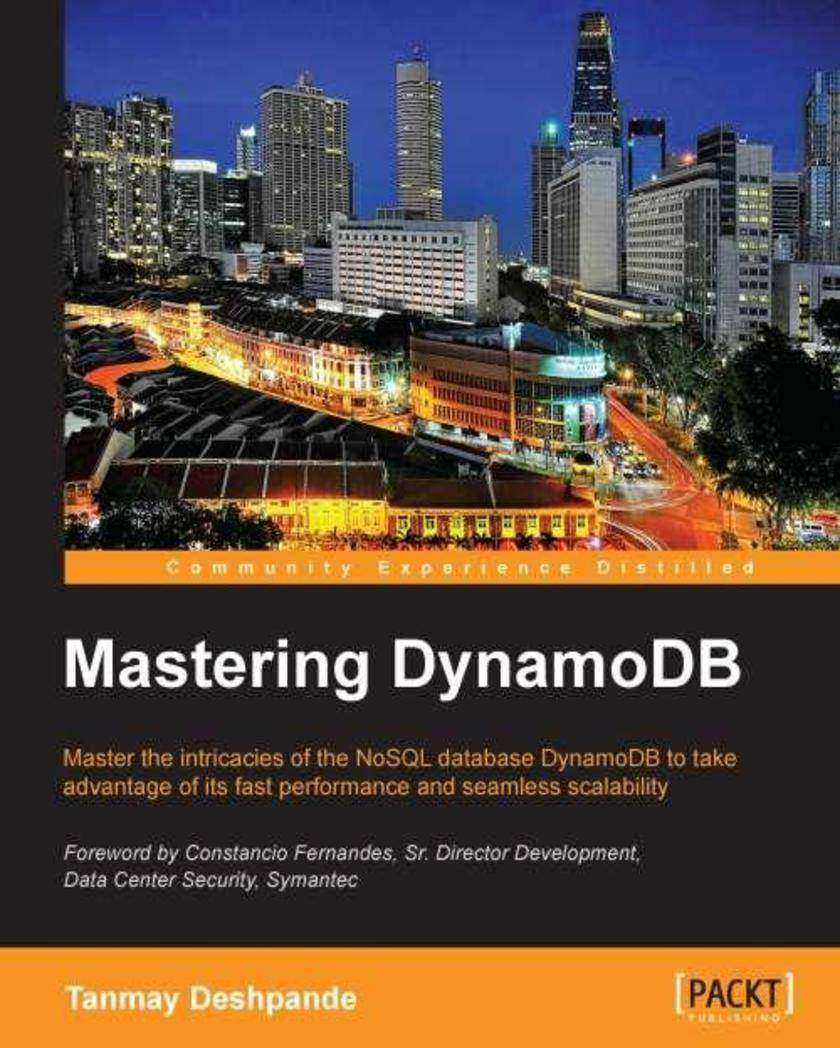
Mastering DynamoDB
¥79.56
If you have interest in DynamoDB and want to know what DynamoDB is all about and become proficient in using it, this is the book for you. If you are an intermediate user who wishes to enhance your knowledge of DynamoDB, this book is aimed at you. Basic familiarity with programming, NoSQL, and cloud computing concepts would be helpful.
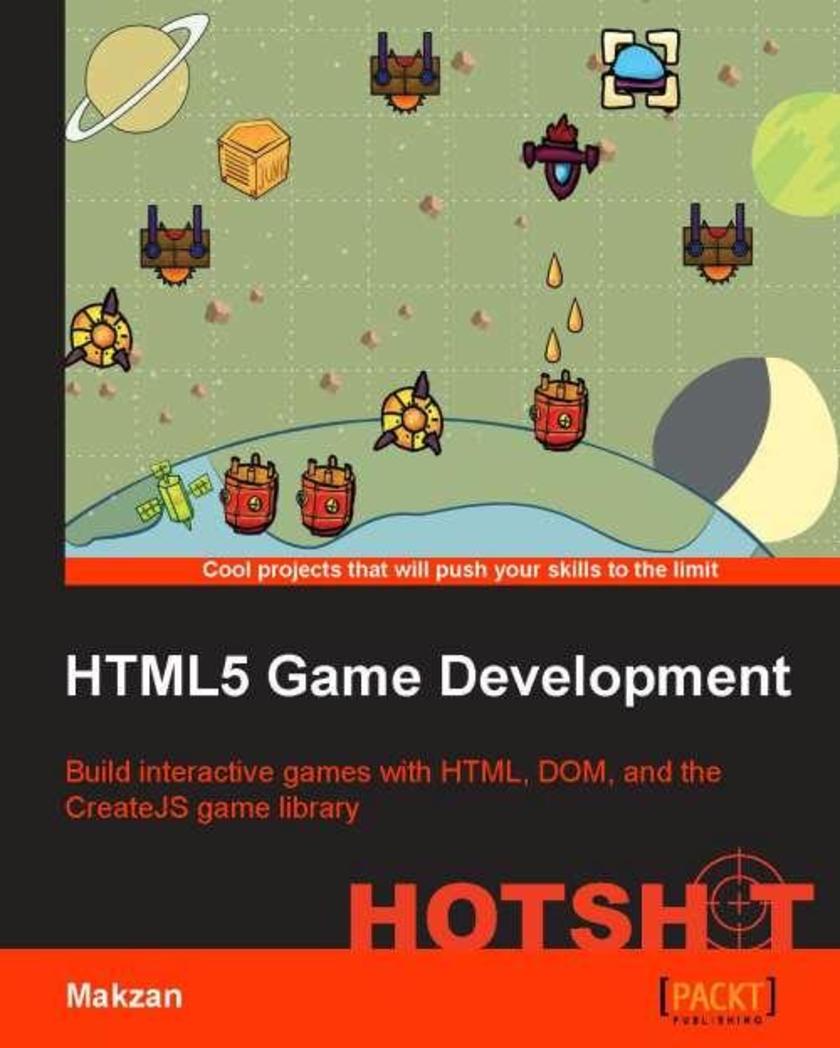
HTML5 Game Development Hotshot
¥80.65
With a wide range of projects to build, this step-by-step guide will give you all the tools you need to create a variety of games. Whether you are familiar with the basics of object-oriented programming concepts, are new to HTML game development, or are familiar with just web design, this project-based book will get you up and running in no time. It will teach and inspire you to create great interactive content on the Web.




 购物车
购物车 个人中心
个人中心



